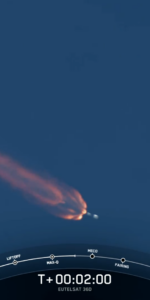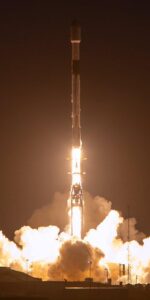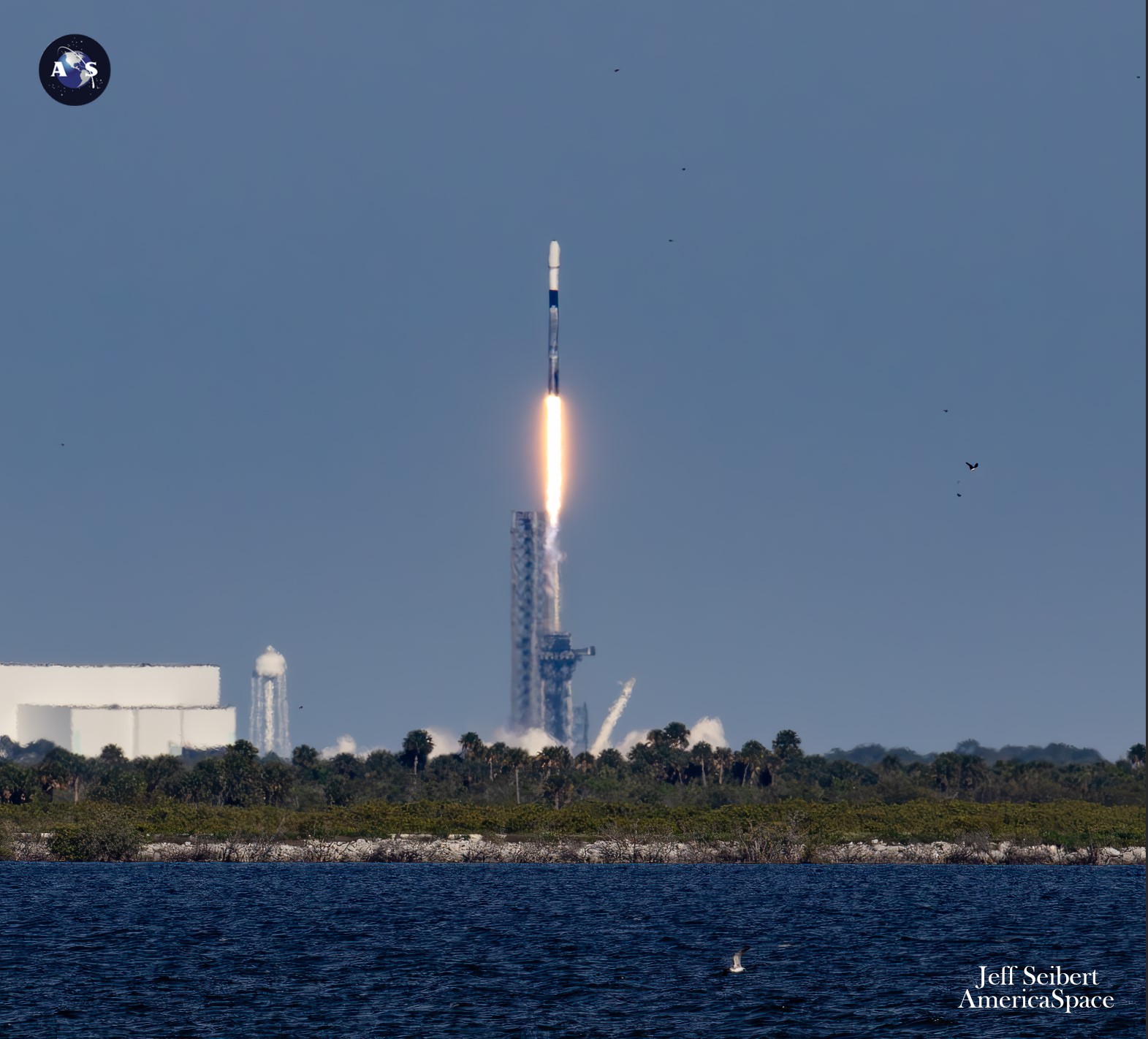
SpaceX has triumphantly closed out March as its first calendar month to feature an 11th and 12th Falcon 9 mission. Following Saturday’s on-time 5:52 p.m. EDT liftoff of the 12-times-used B1076 and the successful deployment of the 11,000-pound (5,000-kilogram) Eutelsat 36D geostationary communications satellite for the Paris, France-based Eutelsat Consortium, another pair of boosters were set to fly from opposing coasts of the United States laden with dozens more Starlink internet satellites for emplacement into low-Earth orbit.
But due to unfavorable weather conditions at Vandenberg Space Force Base, Calif., teams elected to stand down from the third mission of the evening, eliminating an opportunity to conclude March by setting new empirical records—for the second time this month—for the shortest interval between a pair of launches and between a trio of launches.
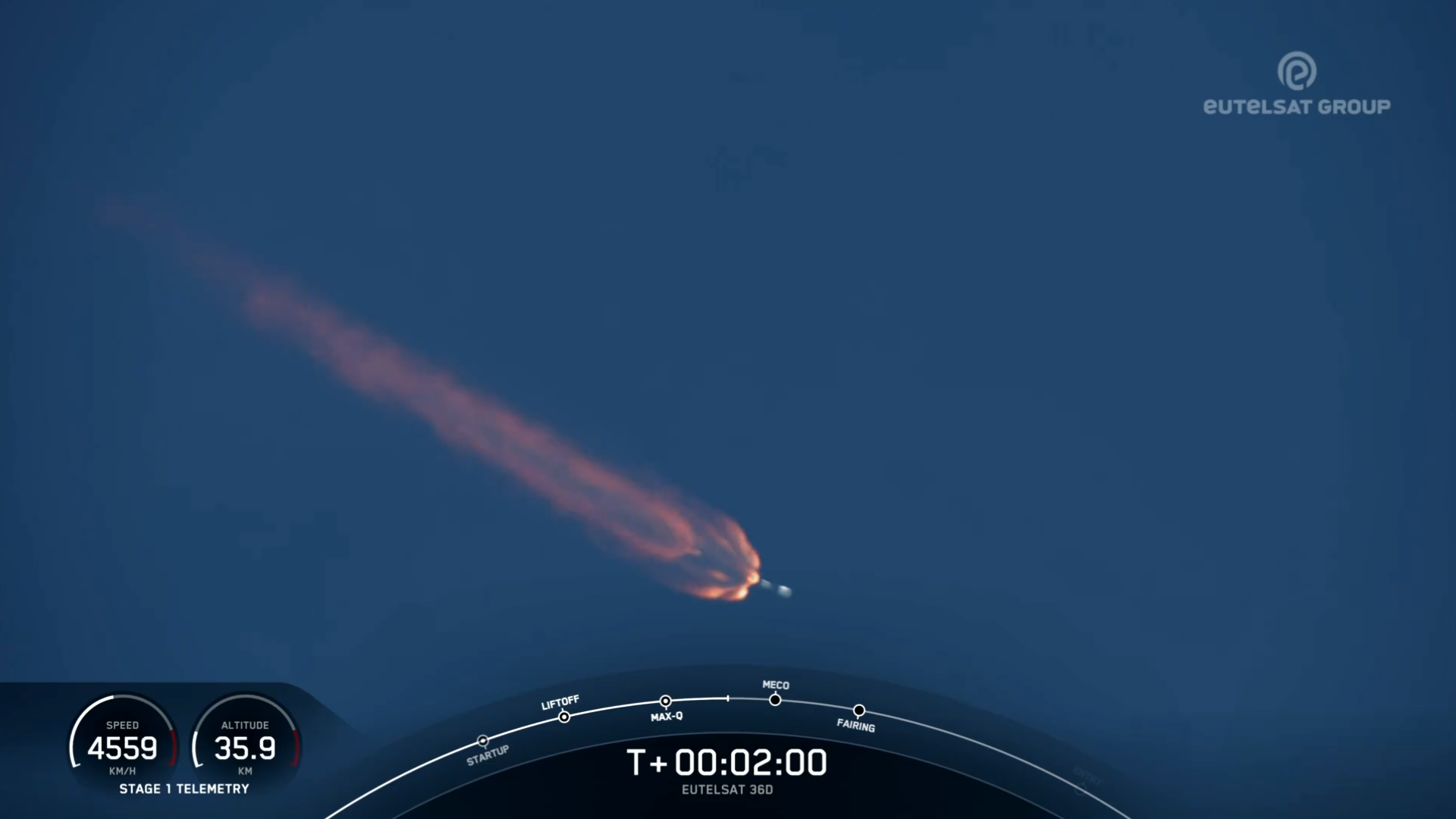
The action got underway with a measure of unexpectedness, following the postponement of a Falcon 9 launch by the veteran B1071 booster out of mountain-ringed Vandenberg Space Force Base, Calif., initially from Thursday until Friday and eventually until late Saturday night. That slippage caused it to nudge up against another pair of flights also scheduled for Saturday evening from Florida’s Kennedy Space Center (KSC) and neighboring Cape Canaveral Space Force Station, with all three set to occur within four hours and 38 minutes of each other and the final two targeting T-0 points just 88 minutes apart.
Attaining such a rapid-fire tempo of launches promised to smash a record set earlier this month which saw two missions fly within only one hour and 51 minutes of each other and another record of only 20 hours between three launches. And as SpaceX’s first month to see 11, 12 and potentially 13 Falcon 9 flights, March looked set to end figuratively and literally not with a one bang of rocket exhaust, but three.
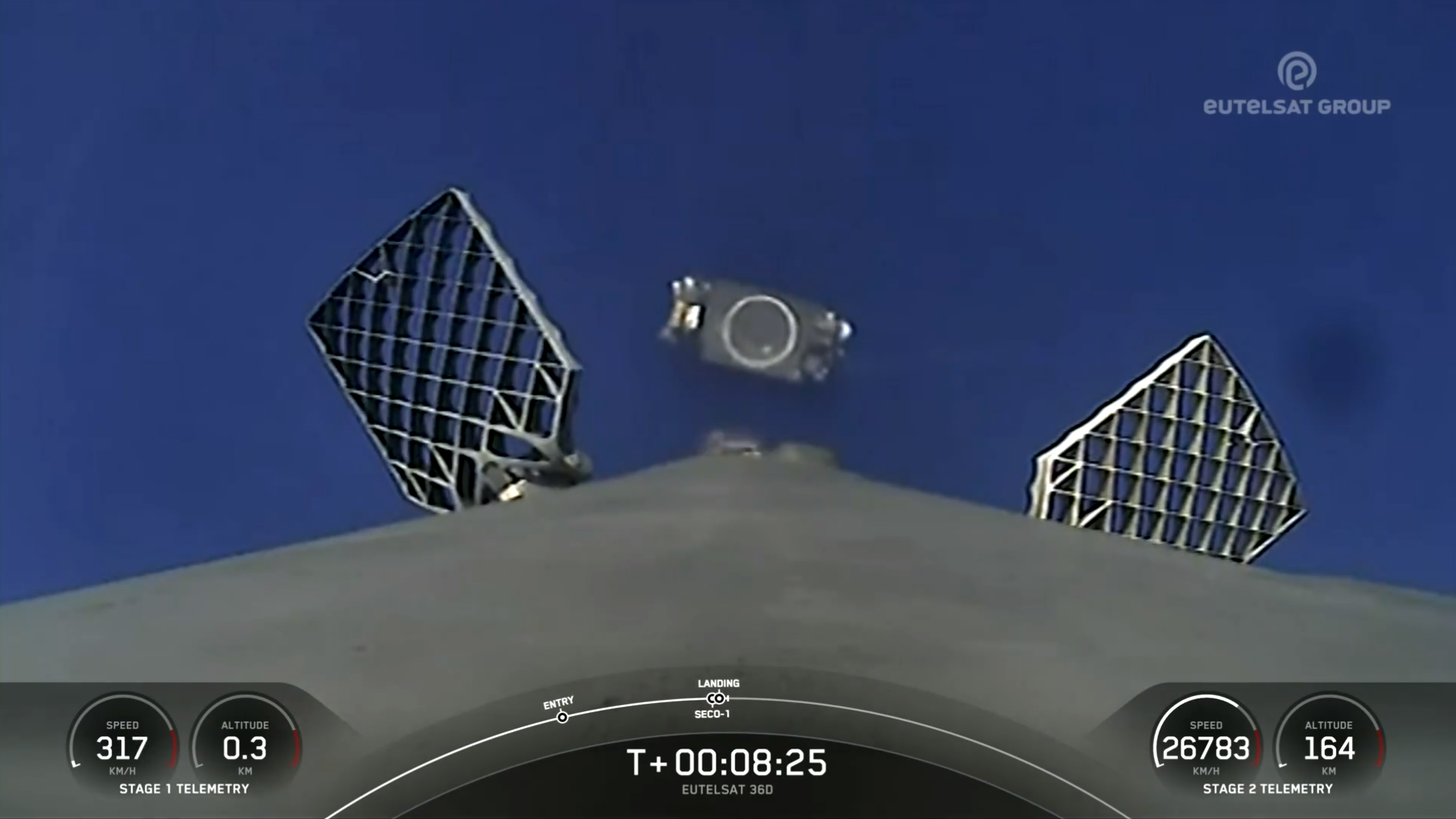
Following the 12-times-flown B1076 booster’s picture-perfect rise under crystalline Florida skies from KSC’s historic Pad 39A at 5:52 p.m. EDT, weather did not seem an issue for the second Falcon 9 mission of the evening. Benefitting from an hour-long “window” from 9:02 p.m. EDT through 10 p.m. EDT, Mother Nature pledged a 95-percent Probability of Go (PGo) condition both for Saturday’s opening launch attempt and a suite of backup opportunities opening at 7 p.m. EDT Sunday.
“Weather conditions will be very favorable for Saturday evening’s launch attempt,” noted the 45th Weather Squadron at Patrick Space Force Base in an update. “Cool and dry air will continue to filter in today as a strong area of high pressure slides in from the west.” All told, there were “no significant weather concerns” and a negligible risk of violating the Thick Cloud Layers Rule.
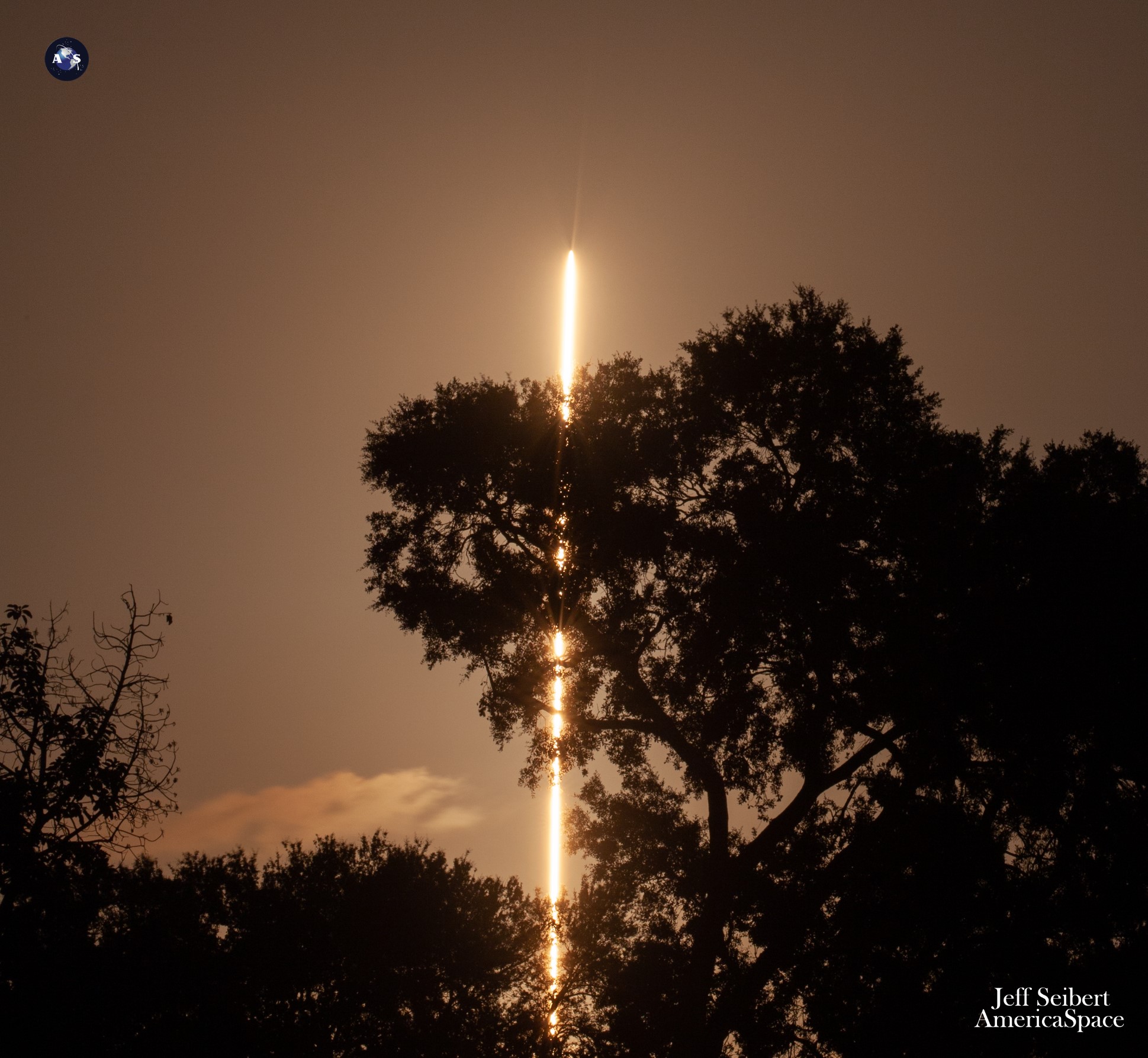
In readiness for launch, the East Coast-based Autonomous Spaceport Drone Ship (ASDS), “A Shortfall of Gravitas”, departed Port Canaveral last Thursday for its recovery position about 400 miles (640 kilometers) offshore in the Atlantic Ocean. And the booster assigned to last night’s second Space Coast mission—the now 18-times-used B1067—was transported out to Space Launch Complex (SLC)-40 at Cape Canaveral Space Force Station on Saturday morning and elevated vertical for liftoff.
This particular booster was already the fifth most flight-seasoned bird in SpaceX’s fleet, and now resides at No. 4 on the list when one discounts unlucky B1058—the one-time ride to space of “Bob and Doug”—which toppled over on the drone ship deck and was partially lost at sea following her 19th and final voyage last December. First flown in June 2021 and most recently in February, B1067 has now lifted nine batches of over 300 Starlinks to orbit, as well as four geostationary communications satellites and two pairs of crewed and uncrewed missions to the International Space Station (ISS).
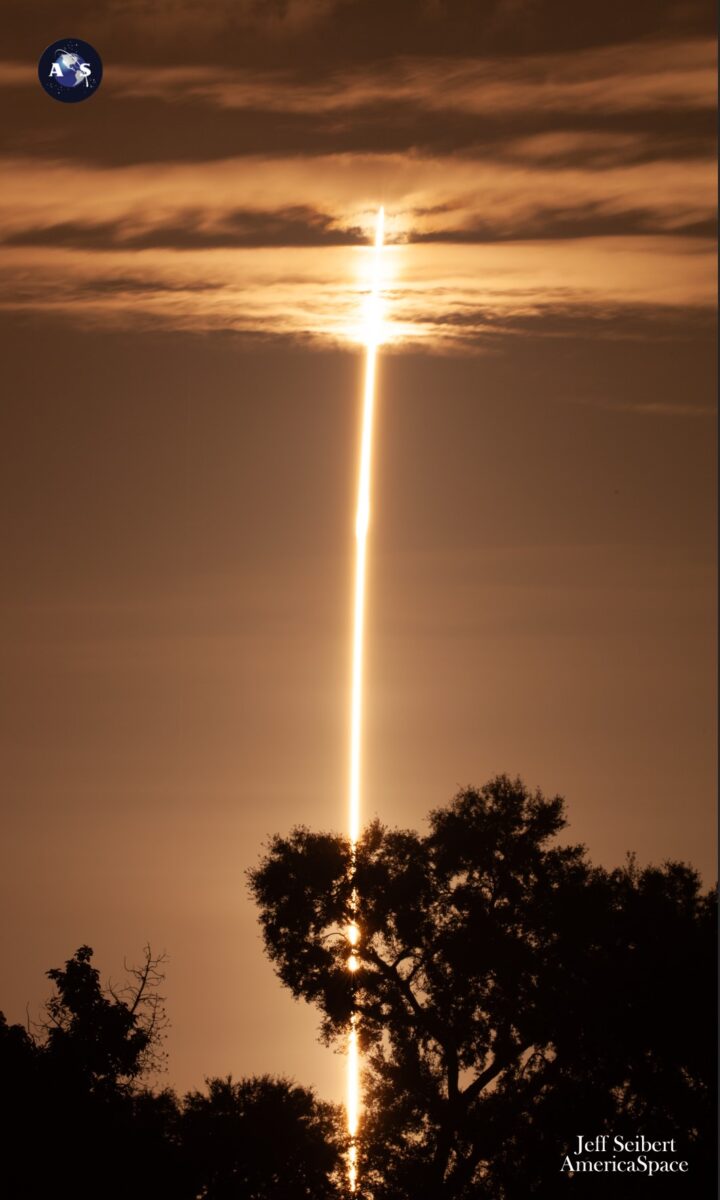
She first saw service almost three years ago to launch the CRS-22 Cargo Dragon for a month-long stay at the ISS. Then she delivered eight astronauts from the United States, Germany and Italy to the orbital complex on Crew-3 in November 2021 and Crew-4 in April 2022, followed by the CRS-25 Cargo Dragon to the station the following summer.
Added to this impressive list, B1067 also lifted her first geostationary communications satellite for Turkey in December 2021—which helped set a new record (now broken) between pairs of Falcon 9 launches at less than 16 hours—and a pair of O3b mPOWER broadband satellites in December 2022. Other payloads included the Hotbird 13G communications satellite in November 2021 and last June the Satria Very High Throughput Satellite (VHTS) for Indonesia’s Pasifik Satelit Nusantara (PSN).
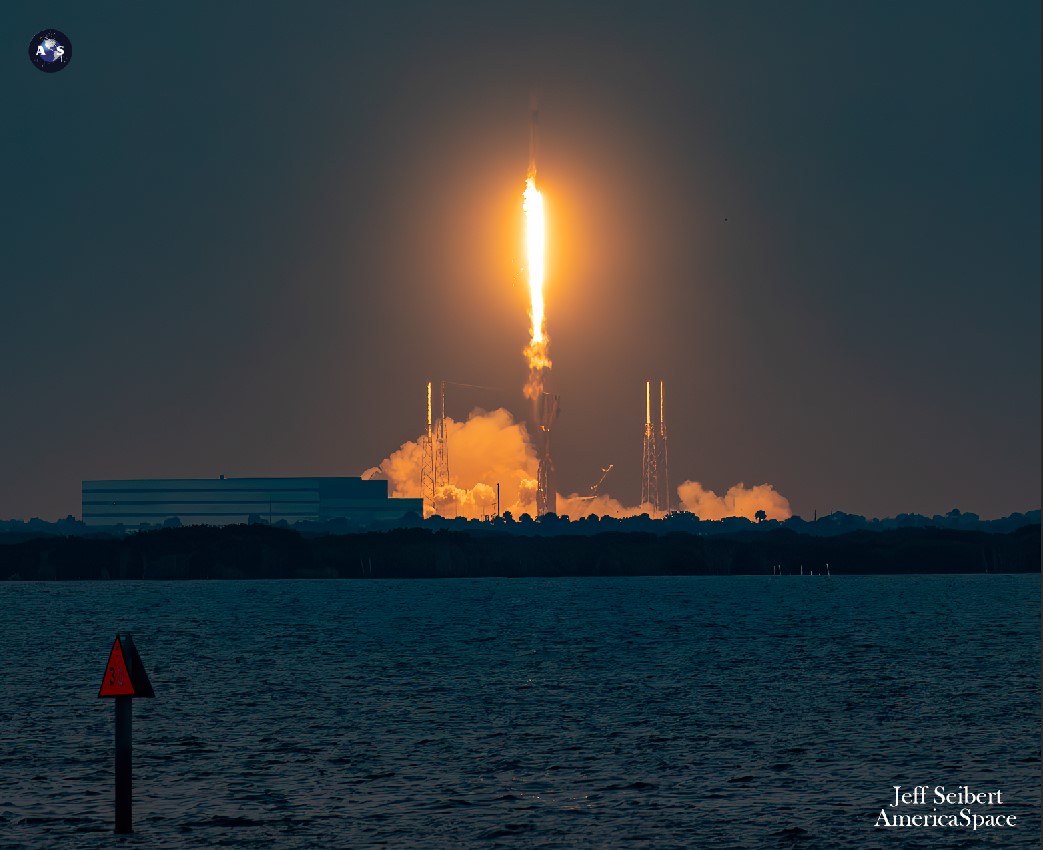
Notably, her Hotbird 13G launch in November 2022 marked the first time that SpaceX achieved 50 Falcon 9 missions in a single calendar year. And in January of 2023, one of her Starlink payloads tipped the scales at 38,400 pounds (17,400 kilograms) to become the heaviest Falcon 9 payload ever orbited at that time.
Originally targeting an almost-hour-long “launch window” from 9:02 p.m. EDT through 10 p.m. EDT Saturday, SpaceX opted to move T-0 deeper into the window and aimed for 9:30 p.m. EDT. And without incident, B1067 powered into the Florida darkness for her 18th mission and her third launch in 2024’s first three months.
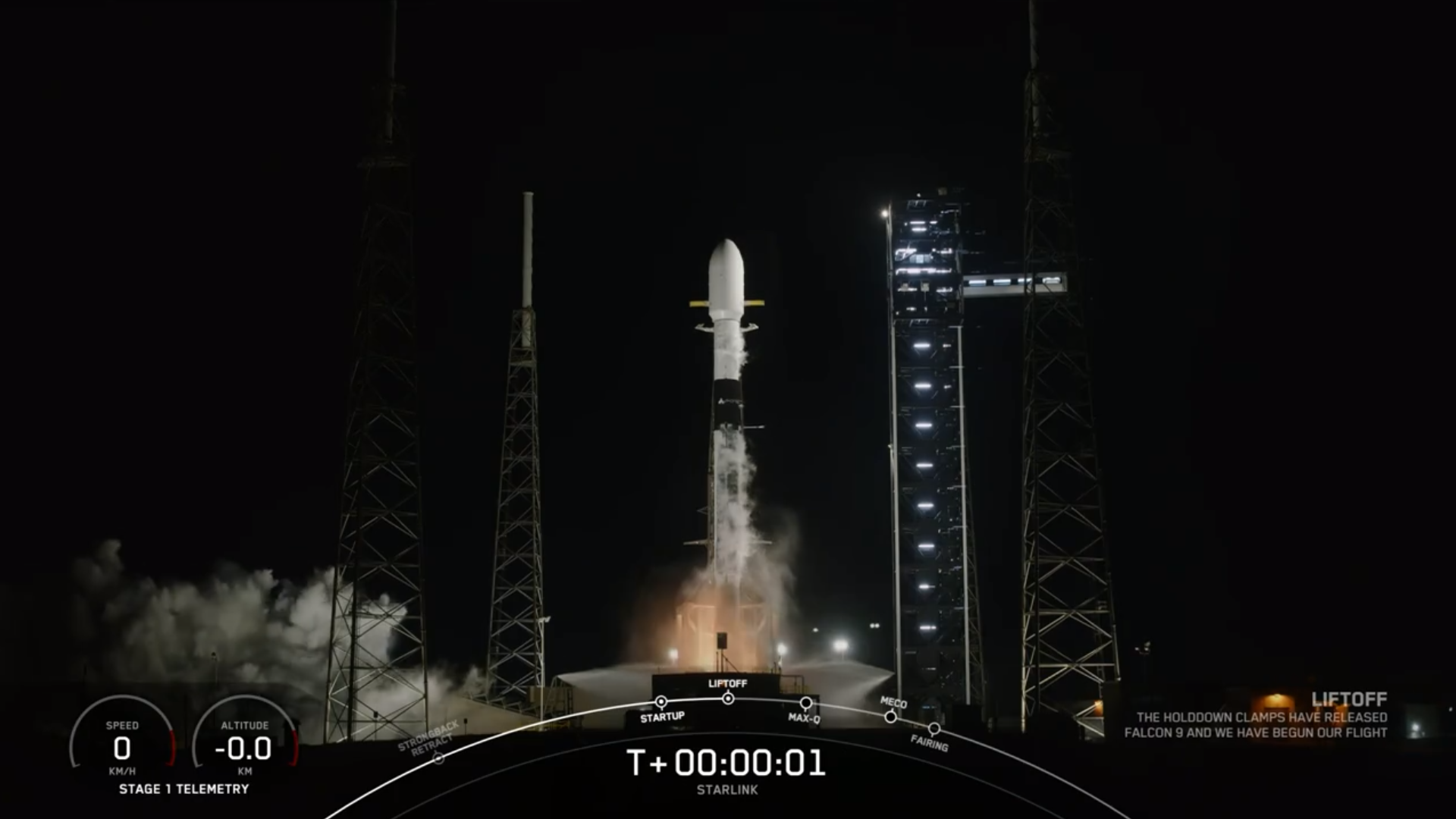
Less than nine minutes later, her job done, she pirouetted to a smooth touchdown on ASOG’s expansive deck. Meanwhile, the Falcon 9’s second stage executed a lengthy “burn” of its single Merlin 1D+ Vacuum engine to successfully deliver the mission’s principal payload of 23 Starlink satellites into orbit about 65 minutes after liftoff.
But due to unfavorable weather conditions, plans to fly B1071—a dedicated “Vandenberg Falcon” which has ferried almost 600 discrete payloads into space on 14 occasions since February 2022—came to nought as the mission was again stood down from its own mission with another 22 Starlinks. “Vehicle and payload remain healthy,” SpaceX noted on X. “Teams continue to keep an eye on the weather as they work toward the next best opportunity for liftoff. We will announce a new launch date once confirmed on the Range.”
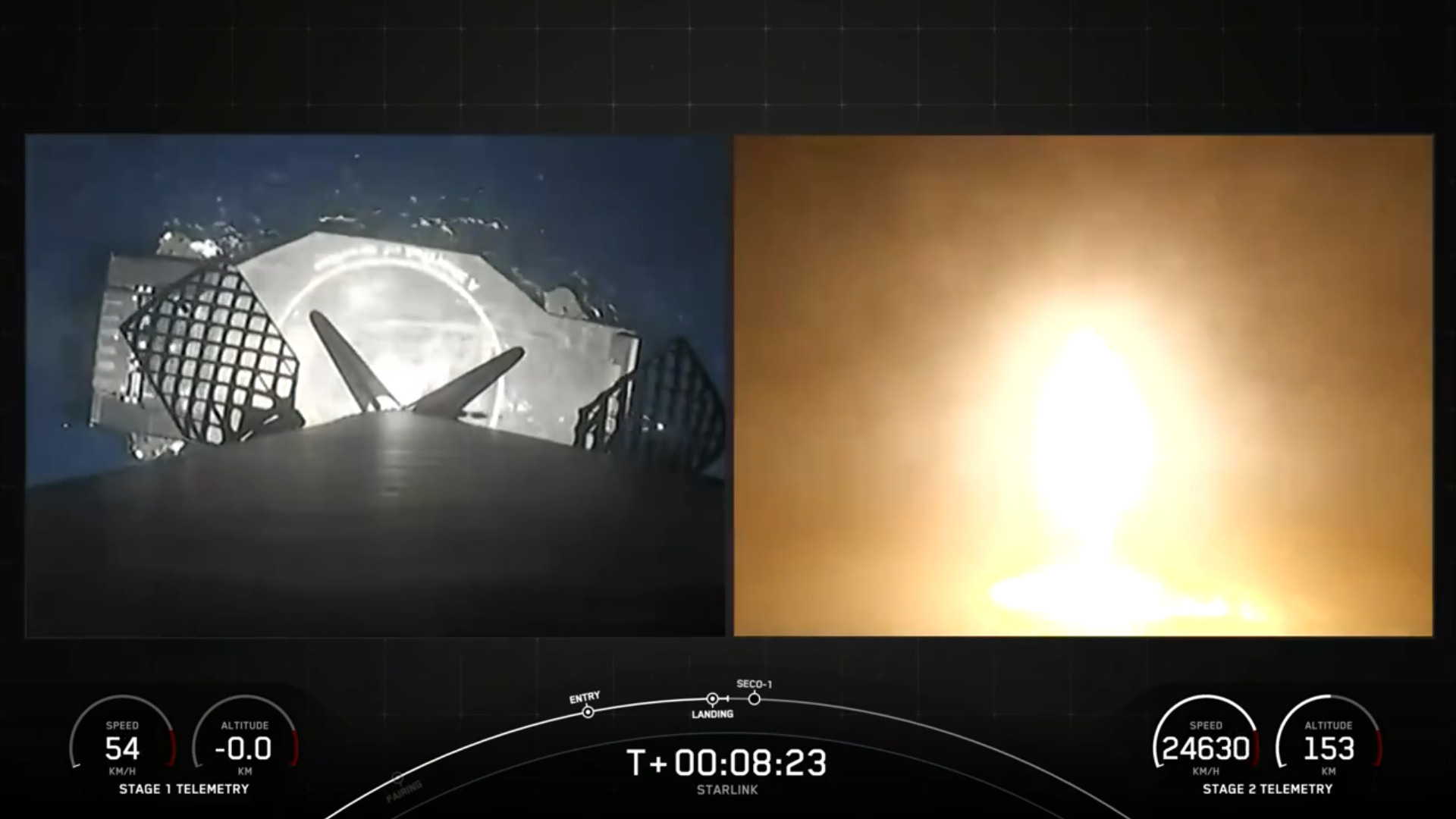
As a network, Starlink enables high-speed and low-latency internet provision to over 70 sovereign nations and international markets in North and South America, Europe, Asia, Oceania and Africa. Landlocked Eswatini—formerly Swaziland—in southern Africa and Honduras and Paraguay joined Starlink in December and SpaceX revealed that network availability was extended to Argentina and Mongolia in March 2024.
The downsized V2 Mini satellites, first flown in February of last year, boast three to four times greater “usable” bandwidth than earlier Starlink iterations. “V2 Minis include key technologies—such as more powerful phased-array antennas and the use of E-Band for backhaul—which will allow Starlink to provide 4x more capacity per satellite than earlier iterations,” SpaceX explained. “Among other enhancements, V2 Minis are equipped with new argon Hall thrusters for on-orbit maneuvering.”

Florida-based intercity operator Brightline adopted Starlink on its trains in 2023, the first passenger rail service in the world to do so. Additionally, El Salvador’s Ministry of Education has begun integrating Starlink capability into its schools to help close the digital divide between urban and remote rural communities and 50 Rwandan schools are now connected via Starlink’s high-speed internet service.
And in January, SpaceX lofted its first six “Direct-to-Cell” Starlinks, which permit mobile network providers to offer “seamless global access to texting, calling and browsing”, whether “on land, lakes or coastal waters”, without the need to change hardware or firmware. Within six days of that first launch, SpaceX engineers sent and received their first text messages via Direct-to-Cell and as of March Starlink reportedly has about 2.6 million registered subscribers or customers worldwide.




